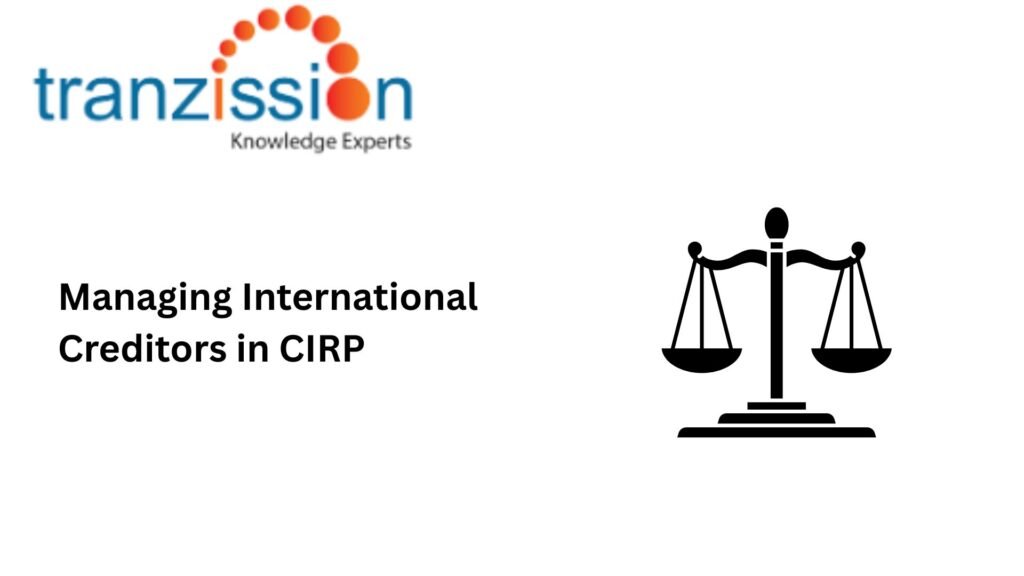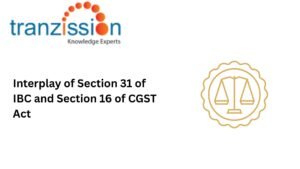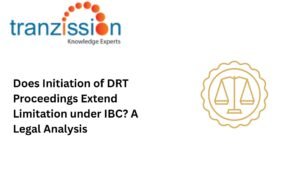
Managing International Creditors in CIRP

Table of Contents
Managing International Creditors in CIRP (corporate insolvency resolution process) with the same rights and obligations as domestic creditors under the Insolvency and Bankruptcy Code, 2016 (“the IBC”). This means that they can initiate CIRP and participate in the Committee of Creditors (CoC) on an equal footing with domestic creditors.
Claim Submission Process for International Creditors in CIRP
International Creditors in CIRP must submit their claims with proof to the interim resolution professional (IRP) or resolution professional (RP) within the timelines specified in the public announcement under the IBC and the Insolvency and Bankruptcy Board of India (Insolvency Resolution Process for Corporate Persons) Regulations, 2016 (CIRP Regulations):
- The National Company Law Tribunal (NCLT) issues a public announcement after initiating CIRP, outlining the deadline for creditors to submit their claims.
- Foreign creditors submit their claims in Form B, or other relevant forms depending on the type of creditor, to the IRP or RP along with the evidence substantiating the existence of the amount of the claim, which must be done within 14 days of the appointment.
- Creditors can use records in information utilities (IUs) or other documentary evidence to support their claims, such as agreements, receipts, etc.
- The IRP/RP verifies the claims and prepares a list of creditors within 30 days from the date of the public notice. The professional may request further evidence or clarification from creditors to substantiate their claims. They also manage the meetings of the Committee of Creditors (CoC) where the resolution plan is discussed and voted upon.
- Claims denominated in foreign currency are valued in Indian Rupees at the official exchange rate as of the insolvency commencement date. This “official exchange rate” is the reference rate published by the Reserve Bank of India (RBI) or derived from such reference rates.
Read more : Liquidation of Non-Profit Organizations
Participation in the Committee of Creditors
International Creditors in CIRP are represented on the CoC as financial creditors and their votes count in the resolution, thereby, they have approval in reaching a viable resolution plan. Unlike financial creditors, operational creditors, including foreign creditors, have no voting rights in the CoC. Section 24(3)(c) allows those operational creditors whose aggregate dues are not less than 10% of the total debt to attend CoC meetings, but without voting rights.
Cross-Border Insolvency and International Recognition
Cross-border insolvency occurs when a debtor has assets, creditors, or other stakeholders in multiple countries. Recognising and enforcing foreign insolvency proceedings in India is a complex issue, as India has not fully implemented a framework for such insolvency cases. While the IBC provides a framework for dealing with cross-border insolvencies under sections 234 and 235, it lacks specific procedures for recognising and enforcing foreign proceedings. Singapore recognises and enforces foreign insolvency proceedings including those from India, through its adoption of the UNCITRAL Model Law. The Singapore High Court recently granted recognition to an India’s company resolution process, marking a significant step in cross-border insolvency cooperation.
Common Challenges Faced by International Creditors in CIRP
The challenges that foreign creditors face due to the statutory and procedural drawbacks are:
Determining which country’s courts should oversee the insolvency process, particularly when the debtor and their assets are located in multiple jurisdictions.
The lack of IBC provisions for cross-border insolvency cases are limited, which may delay the creditors ability to recover their debts.
Locating and recovering assets of an insolvency company that are held in foreign jurisdictions can be difficult due to complex procedures and potential attempts by debtors to hide assets.
Read more : Liquidation of Non-Profit Organizations
Best Practices for Managing International Creditors in CIRP
Foreign creditors are strongly advised to seek legal advice to navigate the complexities of the IBC and ensure their claims are properly submitted and verified.
Providing a platform for remote participation in CoC meetings through video conferencing or other audio-visual means can ensure all stakeholders participants.
The IBBI can establish clear procedures for notifying international creditors about the resolution process, including timelines and required documentation.
Future of Cross-Border Insolvency in India
India’s cross-border insolvency framework is built upon the IBC and is considered inadequate for fully managing international insolvency cases. While not yet adopted, the UNCITRAL Model Law on Cross-Border Insolvency is a widely recognised standard, and India is actively considering its adoption. The Ministry of Corporate Affairs and the IBBI have proposed amendments to the IBC to align with the Model law, aiming to enhance the effectiveness of cross-border cases. The Insolvency Law COmmittee plays a crucial role in shaping India’s insolvency framework based on practical implementation experiences. This framework, including the CoC, aims to facilitate timely and efficient resolution of insolvency, providing opportunities for global creditors to recover their dues.
Conclusion: Safeguarding Foreign Creditor Interests in CIRP
The IBC provides a framework that empowers foreign creditors to participate in the insolvency resolution process on an equal footing with domestic creditors, ensuring that their interests are protected in a time-bound manner. India is increasingly recognising the need for a more harmonised approach to cross-border insolvency, as the interpretation and implementation of the Model Law can vary significantly between countries.





